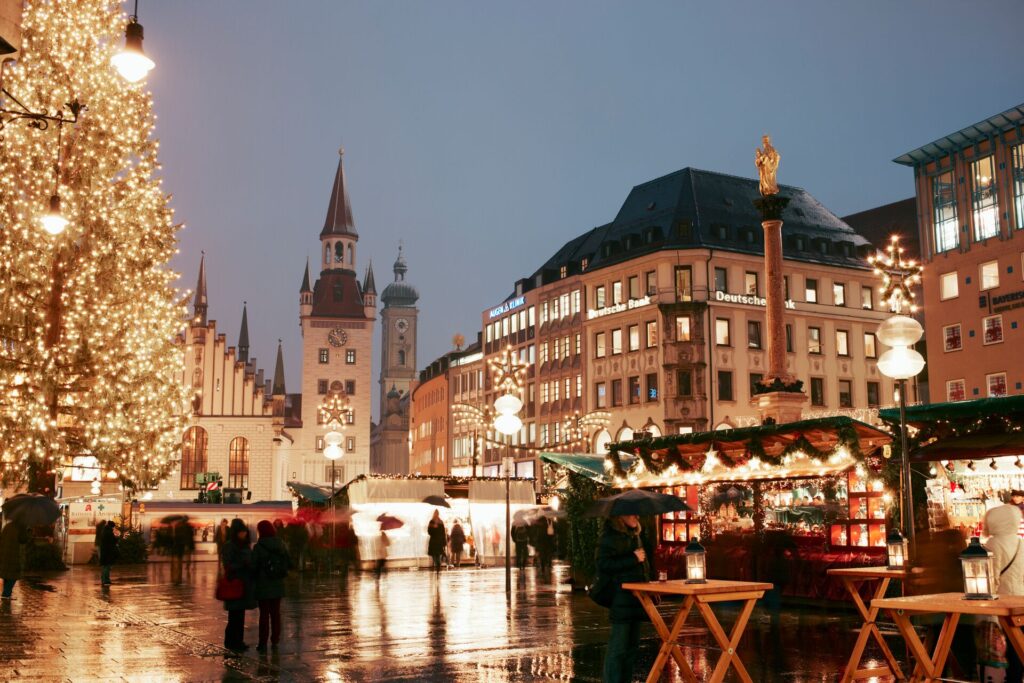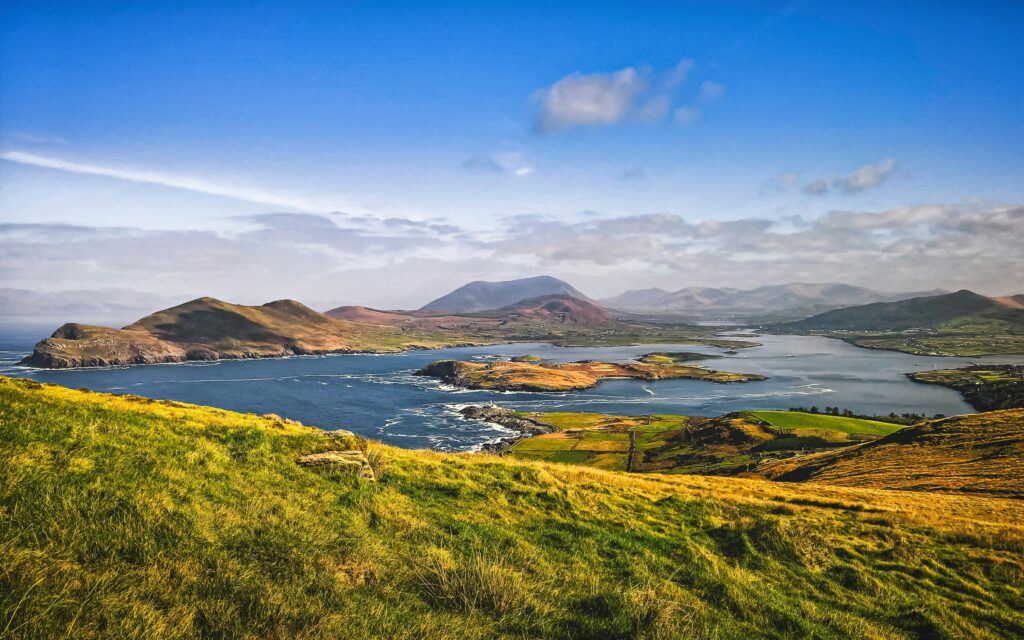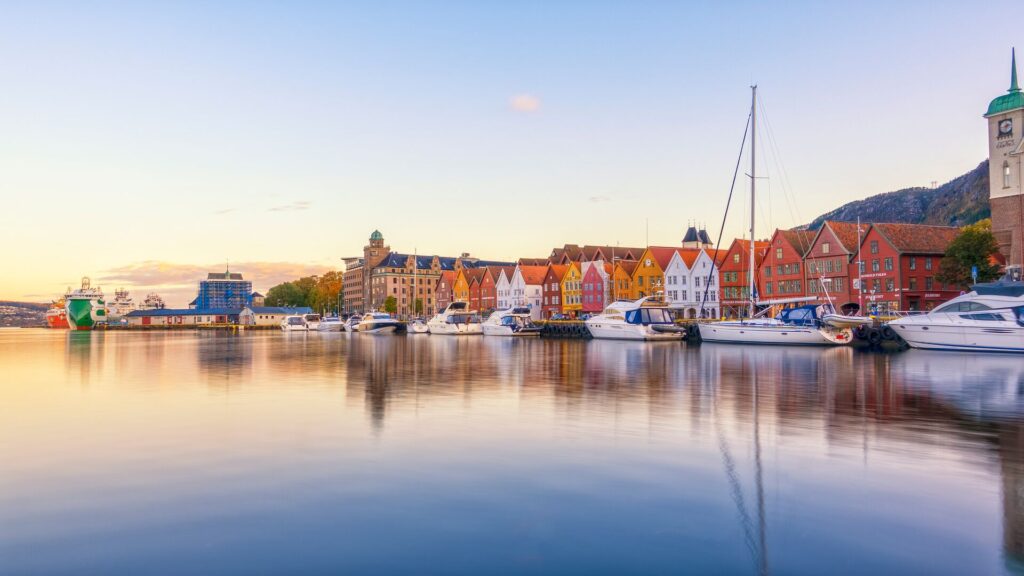Champagne: Popping Myths and Misunderstandings
Champagne – the epitome of celebration, luxury, and refined taste. From royal courts to Hollywood parties, this effervescent elixir has been a symbol of opulence and festivity for centuries. But beneath the bubbles lies a world of myths and misunderstandings that often cloud our perception of this hallowed beverage.
To help us pop the cork on some of these misconceptions, we spoke to Travel Director and wine connoisseur Pedro Pinto. This week’s Insightful destination expert, he inspired this week’s trivia questions, clues to which can be found in this article.
For travel inspiration: France destination guide
The historical legend of Champagne
The popular story of Champagne begins in the hilly vineyards of northeastern France, where monks and winemakers discovered the magical transformation of still wine into sparkling nectar. Legend has it that Dom Pérignon, a Benedictine monk, exclaimed, “Come quickly, I am drinking the stars!” and made it his mission to find a way to bottle the fine fizzy wine.
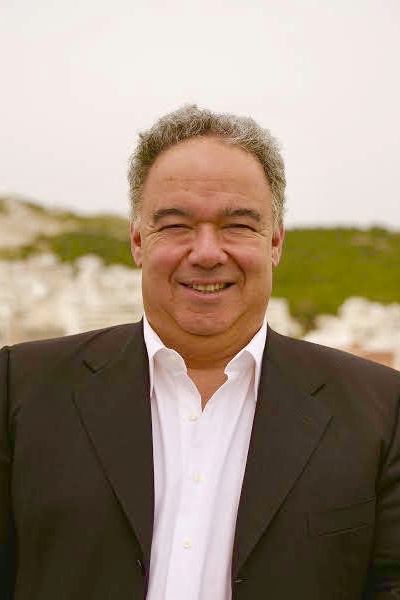
“Whilst a romantic story, it’s almost certainly not true,” says Pedro. “In fact many historians believe Dom Perignon actually spent a lot of time trying to remove what he considered defective bubbles. Whether he loved them or loathed them, we do know that Dom Perignon pioneered many of the important techniques still used in Champagne production today, earning the nickname ‘The Father of Champagne.’”
Visit the champagne region on: French Heritage
If you love all things French: 11 Rare and Little-Known Facts About a Parisian Icon – Le Moulin Rouge
The true history
As far back as the 1st century, Romans began crafting wine in what was then known as northern Gaul, now recognized as the Champagne region. By the 9th century, Champagne’s association with the coronation of French Kings in Reims Cathedral propelled the regional wine to popularity across France. By the 13th century, still Champagne found its way to the markets of England, Spain, and Italy through merchants.
The region however faced challenges from harsh winters that often halted fermentation. The process would then resume in summer, inducing a secondary fermentation within the bottle. This natural process resulted in the formation of carbon dioxide bubbles, lending Champagne its signature effervescence. This sparkling wine gained favor among French royalty by the late 17th century, eventually paving the way for the establishment of renowned Champagne houses.
Sip for yourself on: Country Roads of France
Bookmark for later: Champagne, oysters and more: Amorous Insight travel experiences to enjoy with your love
There is only one Champagne
Champagne’s exclusivity lies in its geographical origin,” Pedro tells us. “To legally bear the coveted title of “Champagne,” a sparkling wine must originate from the designated Champagne vineyards and adhere to strict regulations set forth by French law. These regulations dictate that only grapes grown within the delimited Champagne vineyards and processed according to specific methods can be labeled as such.”
The unique terroir characterized by chalky soils and a cool climate, imparts distinctive flavors and aromas to the grapes, resulting in the signature taste profile. The region’s winemaking traditionhas honed techniques such as méthode champenoise (where secondary fermentation occurs in the bottle) giving Champagne its effervescence and complexity.
“Outside the Champagne region, sparkling wines produced using similar methods are known by different names, such as Cava in Spain, Prosecco in Italy, and sparkling wine in other regions.”
You may also enjoy: Sipping season: here’s why September is the perfect time to travel for wine lovers
SAVE UP TO $2,000 PER COUPLE* ON YOUR FIRST PREMIUM TOUR.
Plus receive latest offers, travel inspiration, and discover how your travels will make a positive impact. Together, WE MAKE TRAVEL MATTER®. Subscribe NowTo help you enjoy this effervescent drink, Pedro debunks some popular myths:
Myth #1: Champagne Must Be Served in Flutes
Contrary to popular belief, Champagne actually fares better in tulip-shaped glasses rather than slender flutes. While flutes may showcase the bubbles beautifully, their narrow shape restricts the wine’s aroma and flavor. Tulip glasses, with their wider bowl and tapered rim, allow the aromas to develop fully and provide a better tasting experience. So, ditch the flutes and opt for a more sophisticated vessel to enjoy your bubbly.
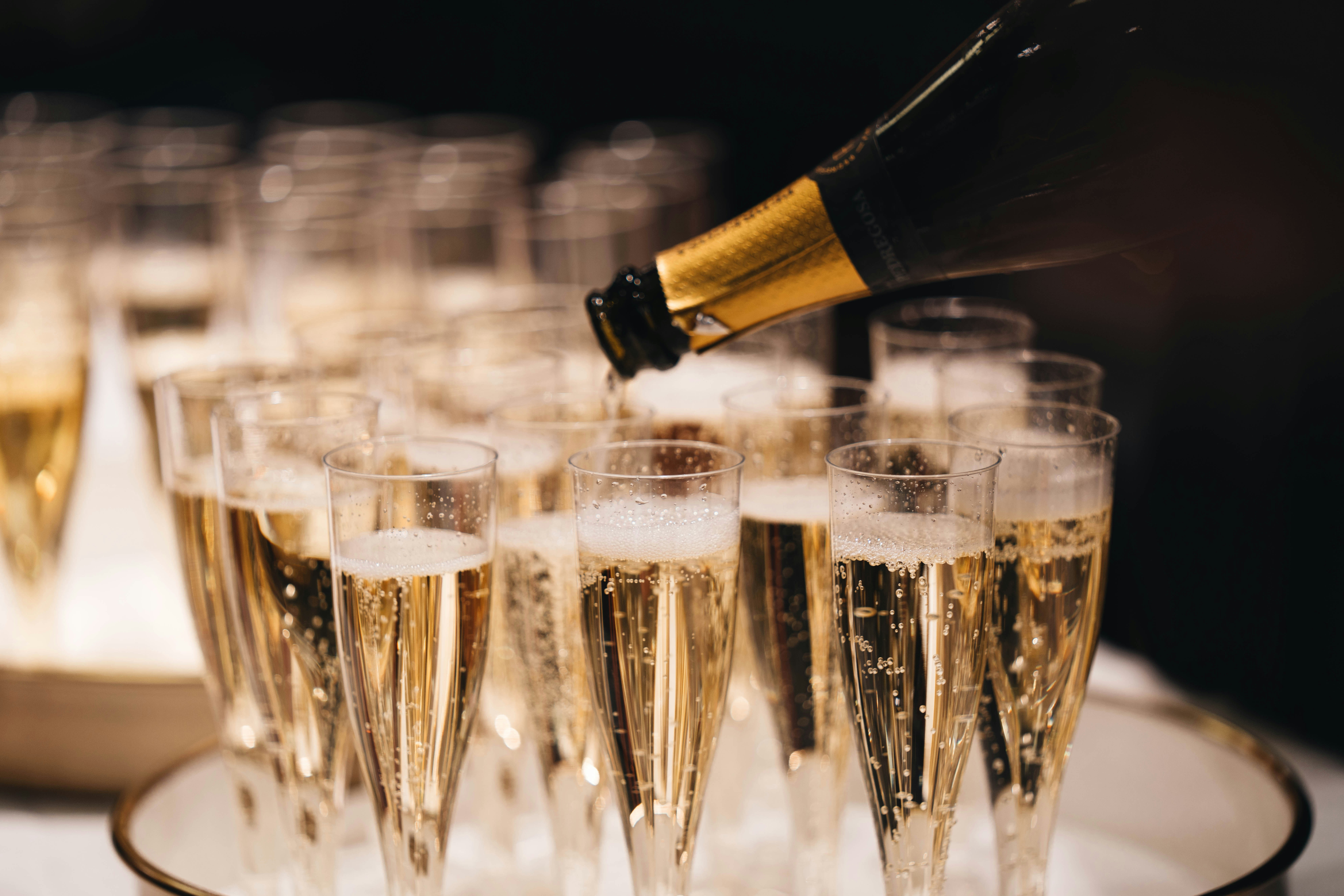
Myth #2: Vintage Champagne is always better
Although vintage Champagnes are often associated with prestige and quality, the truth is that non-vintage blends can be equally impressive. In fact, most Champagne produced falls into the non-vintage category, where winemakers skillfully blend wines from multiple years to achieve consistency and balance.
Vintage Champagnes, on the other hand, are crafted from grapes harvested in a single exceptional year, offering a unique expression of that specific vintage. While both styles have their merits, don’t overlook the non vintage offerings – they may surprise you with their complexity and character.
Myth #3: A spoon keeps Champagne from losing its bubbles
This age-old trick of placing a spoon in an opened Champagne bottle to maintain its fizziness is nothing more than a myth. Contrary to popular belief, the spoon does not have any magical properties to keep the bubbles intact. Instead, if you’re looking to preserve your leftover Champagne, invest in a dedicated Champagne stopper. Simply seal the bottle with the stopper and store it in the refrigerator until your next celebration. This method ensures that your Champagne stays fresh and effervescent for whenever you’re ready to enjoy it again.
If myths intrigue you, you may also enjoy: Something in the Water: Exploring Loch Ness With Local Expert, Emma Harrison
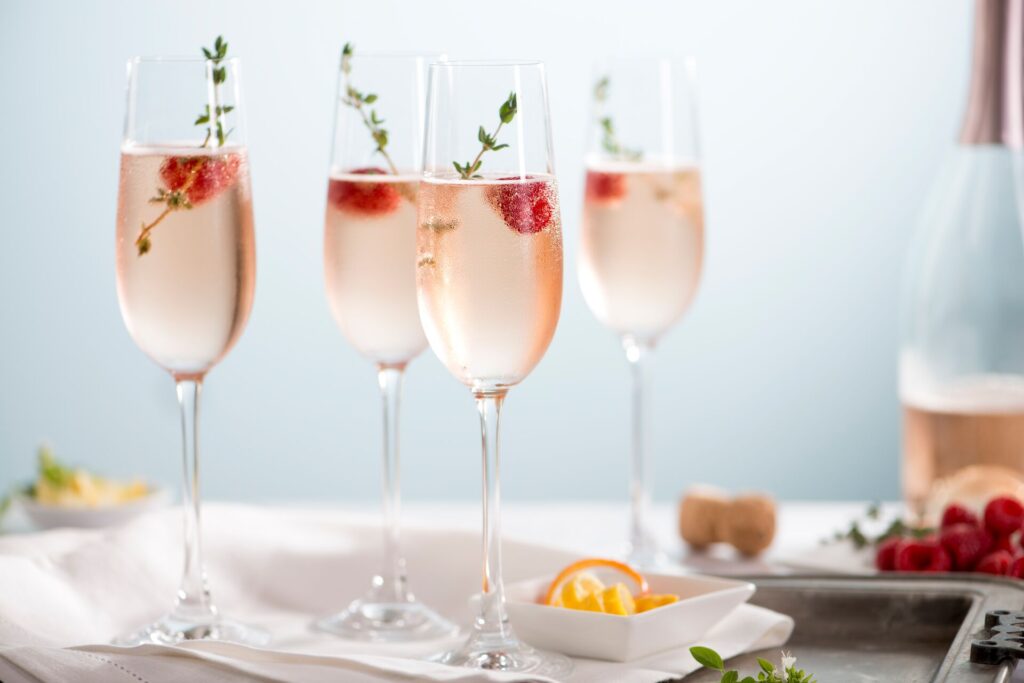
Myth #4: The best Champagne is expensive
While some Champagnes command sky-high prices, there are plenty of affordable options that deliver exceptional quality without breaking the bank. Many Champagne houses offer non-vintage cuvées that provide a taste of luxury at a more accessible price point. Additionally, boutique producers and grower Champagnes offer unique expressions of the region’s terroir at varying price ranges. With a bit of exploration and an open mind, you can find a Champagne that suits your budget and palate.
Did you know that the most expensive bottle of Champagne costs $2.07 million? The 2013 Taste of Diamonds Champagne was made by UK-based company Goût de Diamants. The price tag is due to the fact that the logo is handcrafted from 18-carat gold and embellished with a 19-carat white diamond.
Myth #5: Champagne Should Be Stored Upright
It’s a common misconception that Champagne bottles should be stored upright to keep the cork moist and prevent it from drying out. However, Champagne should actually be stored on its side, just like other wines, to keep the cork in contact with the wine and maintain its seal. This helps to prevent oxidation and ensures that the Champagne ages gracefully.
Bookmark for later: The Deities and Gods of Weather: Exploring Ancient Mythology and Beliefs
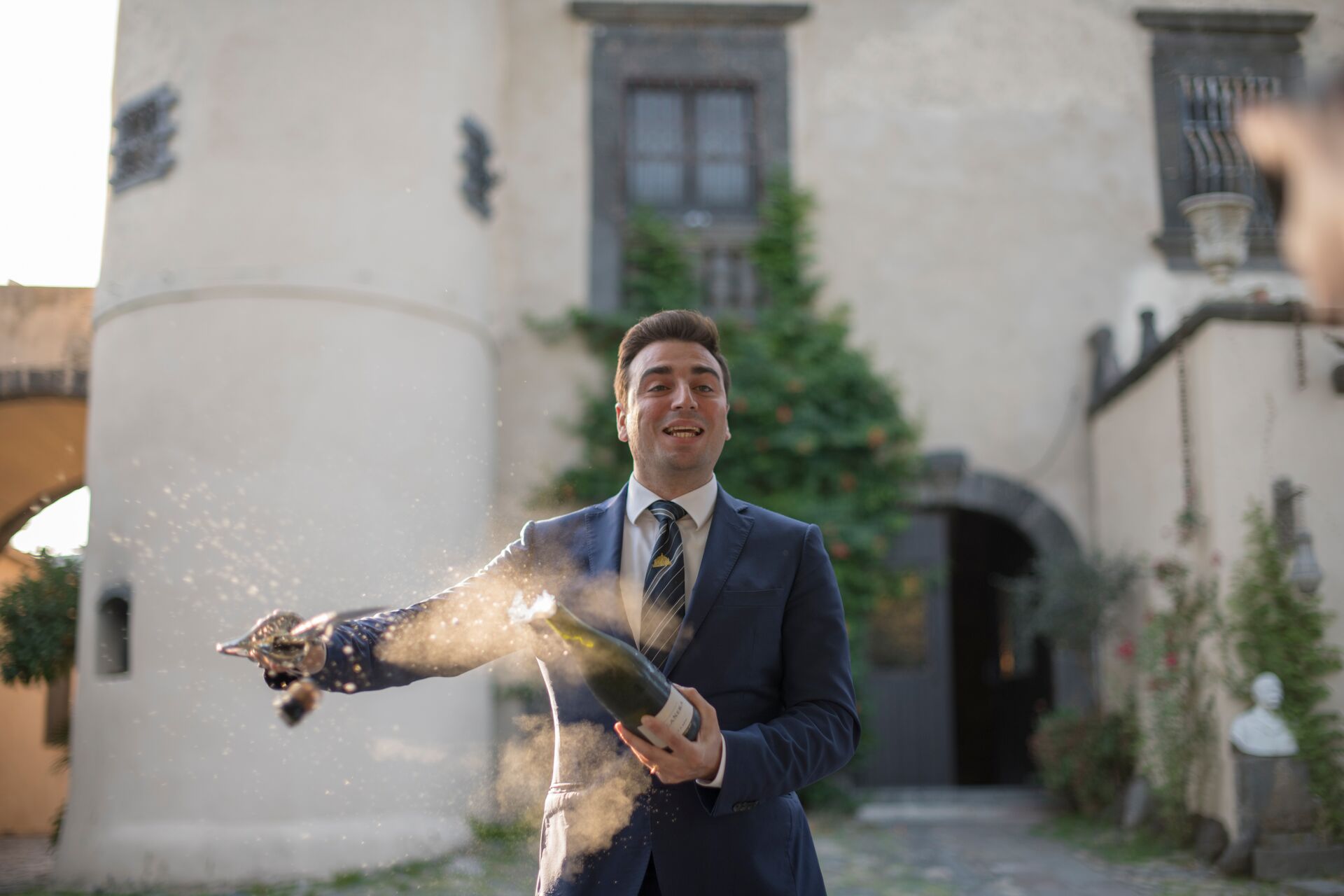
Myth #6: You must pop the cork
Probably one of the most iconic images of Champagne is of the cork being popped. However spraying liquid everywhere is not in fact reccomended. Notwithstanding the wastage of an expertly produced product, popping the cork like in films or on the F1 circuits, dissapates the bubbles, which has a negative impact on the effervescence (which is a shame for wine that takes several years to make).
To open correctly, peel off the foil covering the cork and loosen the wire cage but keep it on to prevent the cork from flying off prematurely (cork can reach 24.8 miles/hour when popped). Point the bottle away from yourself and others, grasping it firmly at a 45-degree angle and gently twist the bottle, not the cork, with one hand while holding the cork firmly with the other. As you twist, you’ll hear a gentle sigh as the cork eases out. Control the cork’s release with slight pressure using your thumb. Pour the champagne slowly into tilted glasses to prevent excessive fizz.
Did you know, the longest recorded Champagne cork flight is about 177 feet? This Guinness World Record was set by Emeritus Heinrich Medicus in June 1988 at the Woodbury Vineyards Winery, New York.
Myth #7: Champagne should only be enjoyed on special occasions
While Champagne certainly adds a touch of elegance to any celebration, it’s far too delicious to save for rare moments. In fact, Champagne’s versatility makes it suitable for a wide range of occasions, from casual gatherings to intimate dinners. Whether you’re toasting to a promotion, enjoying brunch with friends, or simply pampering yourself after a long day, Champagne is always a delightful choice.
Indulge your senses and love for travel with our world wide collection of ‘Business Class’ Tours
LIKED THIS POST? SHARE WITH YOUR COMMUNITY

